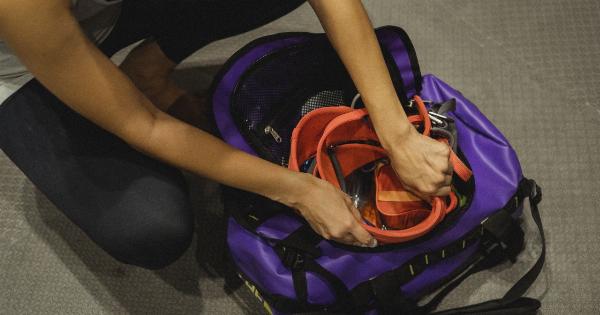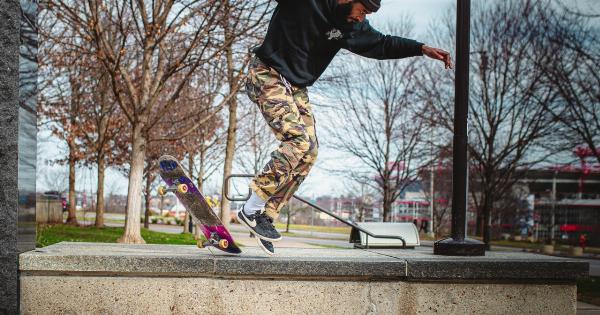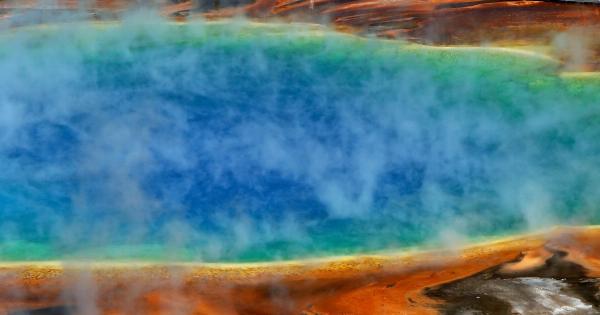As the summer months approach, it’s important to be mindful of the potential risks associated with exercising in hot weather.
Heat exhaustion is a condition that can occur when our bodies are unable to regulate their temperature properly, leading to a range of symptoms that can be dangerous if left untreated. In this article, we will explore the causes and symptoms of heat exhaustion, as well as provide tips on how to prevent and treat it to ensure a safe and enjoyable exercise experience in the heat.
Understanding Heat Exhaustion
Heat exhaustion is a heat-related illness that occurs when the body’s core temperature rises abnormally.
It is typically a result of prolonged exposure to high temperatures or intense physical activity in hot weather, especially when accompanied by high humidity. The body relies on the evaporation of sweat to cool itself down, but in certain conditions, this mechanism may not be enough to prevent overheating.
Causes of Heat Exhaustion
Several factors can contribute to the development of heat exhaustion, including:.
- High temperatures: Exercising in hot weather can increase the risk of heat exhaustion, particularly when the temperature exceeds 90 degrees Fahrenheit.
- High humidity: When the air is humid, sweat doesn’t evaporate as quickly, making it harder for the body to cool down.
- Strenuous physical activity: Engaging in intense exercise or prolonged periods of exertion can raise the body’s core temperature, increasing the risk of heat-related illnesses.
- Inadequate hydration: Failure to drink enough fluids before, during, and after exercise can compromise the body’s ability to sweat and cool down properly.
- Poor acclimatization: If you’re not accustomed to exercising in hot weather, your body may struggle to adjust to the heat, making you more susceptible to heat exhaustion.
Symptoms of Heat Exhaustion
Recognizing the early signs of heat exhaustion is crucial for preventing more severe heat-related illnesses, such as heat stroke. Some common symptoms include:.
- Excessive sweating
- Feeling faint or lightheaded
- Nausea or vomiting
- Headache
- Muscle cramps
- Weakness or fatigue
- Fast and shallow breathing
- Rapid heartbeat
- Pale or clammy skin
If you or someone you know experiences any of these symptoms during physical activity in the heat, it’s important to take immediate action to prevent the condition from worsening.
Preventing Heat Exhaustion
Prevention is key when it comes to avoiding heat exhaustion during exercise. Here are some essential tips to help you stay safe while staying active in hot weather:.
- Stay hydrated: Drink plenty of fluids before, during, and after your workout. Water is the best choice in most cases, but if you’re engaging in prolonged exercise or sweating excessively, consider sports drinks that contain electrolytes.
- Choose the right time: Plan your exercise routine during the cooler parts of the day, such as early morning or late evening. Avoid working out during the hottest periods, typically between 10 a.m. and 4 p.m.
- Dress appropriately: Wear loose, lightweight, and breathable clothing that allows sweat to evaporate easily. Opt for light-colored fabrics that reflect sunlight instead of absorbing heat.
- Protect yourself from the sun: Apply sunscreen with a high SPF before going outside, and wear a hat and sunglasses to shield your face and eyes from direct sunlight.
- Take breaks and seek shade: If you feel any symptoms of heat exhaustion coming on, it’s essential to take a break, find shade, and rest. Listen to your body’s cues and don’t push yourself too hard.
- Gradually acclimate: If you’re not used to exercising in hot weather, give your body time to adjust. Start with shorter sessions and gradually increase the length and intensity of your workouts over time.
Treating Heat Exhaustion
When heat exhaustion sets in, prompt action is necessary to prevent it from progressing to a more severe condition. Here’s what to do if you suspect heat exhaustion:.
- Stop the activity: Immediately cease any physical exertion and find a cool, shaded area to rest.
- Hydrate: Sip on water or a sports drink to replenish fluids and electrolytes.
- Cool down: Apply cold, wet towels to your body or take a cool shower to lower your core temperature.
- Elevate your legs: If possible, lie down and raise your legs to improve blood flow to the heart.
- Monitor symptoms: Keep an eye on your symptoms and ensure they gradually improve. If they worsen or don’t subside within an hour, seek medical attention.
When to Seek Medical Help
In some cases, heat exhaustion can progress to a life-threatening condition called heat stroke. It’s crucial to recognize the signs that indicate medical intervention is necessary:.
- Throbbing headache
- Confusion or disorientation
- Seizures
- Lack of sweating despite the heat
- Hot, red, or dry skin
- Fainting or loss of consciousness
- Rapid and strong pulse
- Body temperature above 104 degrees Fahrenheit
If you notice any of these symptoms in yourself or someone else, call for emergency medical assistance immediately.
Conclusion
Exercising in hot weather can be enjoyable and beneficial, but it’s crucial to prioritize your safety and well-being.
Understanding the risks and taking precautions to prevent heat exhaustion is essential for anyone who wishes to exercise outdoors during the summer months. By staying hydrated, avoiding excessive heat exposure, and recognizing the symptoms of heat exhaustion, you can ensure a safe and rewarding exercise experience even in hot conditions.
Listen to your body, be mindful of the environment, and enjoy staying active while keeping cool!.





























